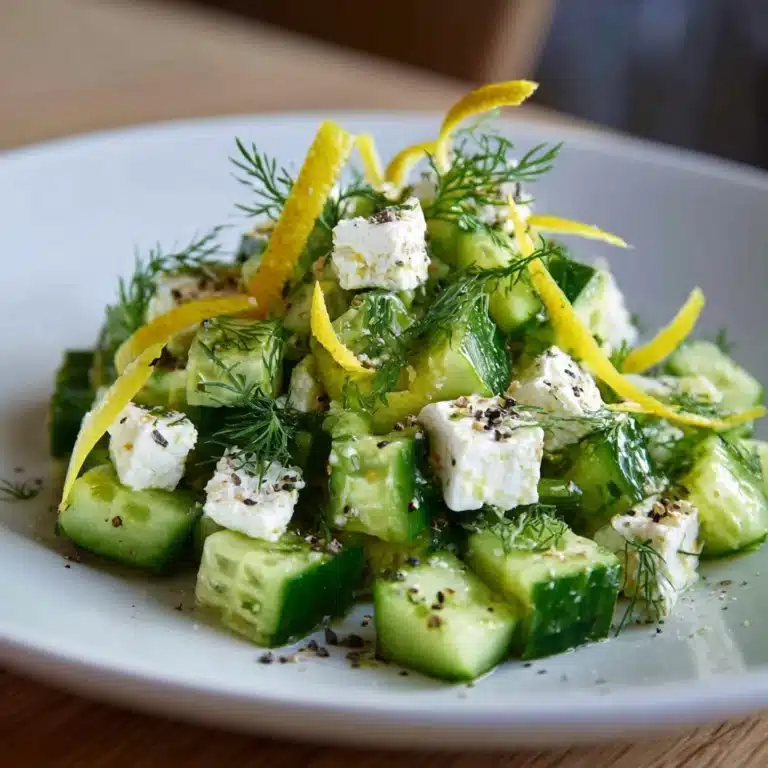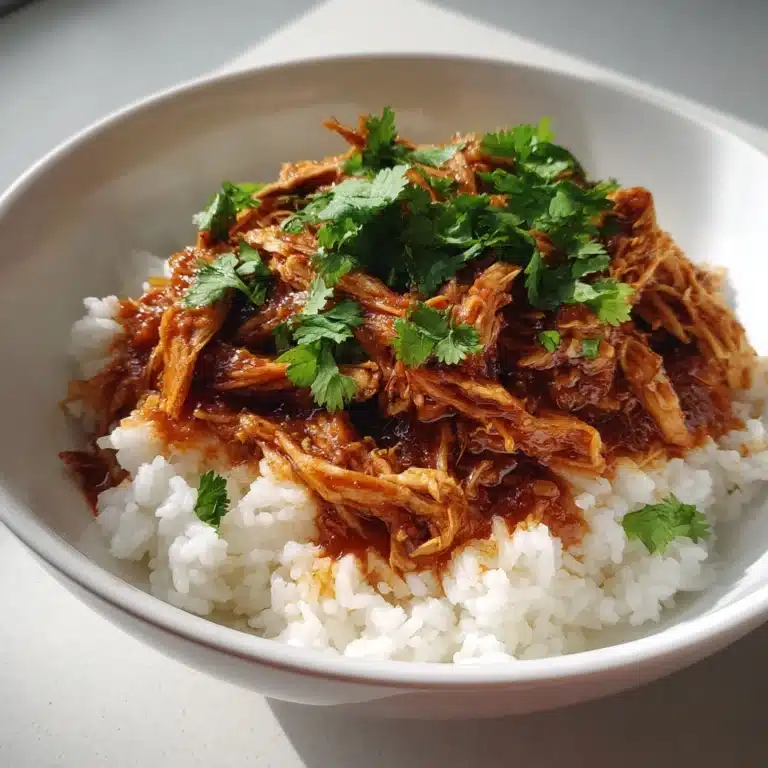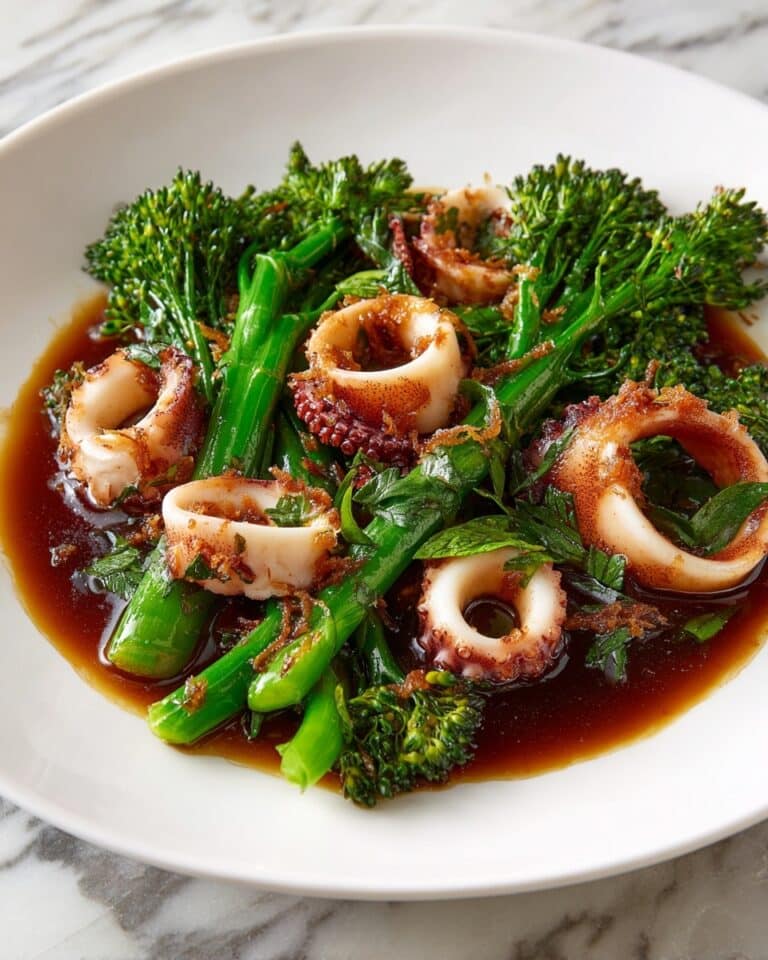Sicilian Homemade Ricotta Cheese Recipe
If you have ever dreamed of crafting that creamy, delicate, and fresh cheese right in your own kitchen, this Sicilian Homemade Ricotta Cheese Recipe is your new best friend. With just a handful of simple, wholesome ingredients, you’ll transform everyday milk into a rich, fluffy ricotta that bursts with authentic Sicilian charm. It’s unbelievably straightforward yet deeply rewarding, offering a fresh alternative to store-bought versions and elevating your cooking whether smeared on warm toast or folded into pasta. Get ready to experience an Italian classic that feels like a heartfelt hug on a plate!

Ingredients You’ll Need
Making this delightful Sicilian Homemade Ricotta Cheese Recipe relies on a few wholesome ingredients that bring out the best texture and flavor. These basics are the foundation—each one playing a crucial role in creating that mildly sweet, creamy, and smooth cheese you’ll adore.
- Whole milk: The star of the show, providing richness and creaminess essential to ricotta’s smooth texture; opt for fresh, non-ultra-pasteurized milk for best results.
- Salt: Just a teaspoon to enhance the gentle flavor and balance the sweetness of the milk.
- Fresh lemon juice or white distilled vinegar: The acid that curdles the milk, separating curds from whey to form that classic ricotta structure. Fresh lemon juice adds a subtle brightness while vinegar is a dependable staple.
How to Make Sicilian Homemade Ricotta Cheese Recipe
Step 1: Heat the Milk
Start by pouring the whole milk into a large pot and stirring in the salt. Slowly heat the milk over medium heat—keeping an attentive eye and stirring occasionally to avoid scorching—until it reaches a gentle simmer between 180 and 190°F. This is just under boiling and you’ll notice the milk beginning to foam. This warming process prepares the milk for curdling, coaxing out that luscious ricotta texture.
Step 2: Add the Acid
Remove the pot from heat and slowly drizzle in your lemon juice or vinegar while stirring gently. This acid triggers the milk to separate into curds and whey, creating the delicate lumps that will become ricotta. Patience is key—let the mixture sit undisturbed for 5 to 10 minutes until you see the clean separation with translucent whey pooling underneath fluffy curds.
Step 3: Drain the Curds
Line a colander with a clean cheesecloth and place it over a large bowl to catch the draining liquid. Using a ladle, gently transfer the curds into the cloth. How long you let ricotta drain depends on your texture preference: 10 minutes will keep it creamy and spreadable, while an hour will deliver a firmer, sliceable cheese. This draining step is critical for achieving the authentic mouthfeel of homemade ricotta.
Step 4: Store and Enjoy
Once your ricotta reaches your desired consistency, transfer it into a sealed container and pop it in the refrigerator. It stays fresh for up to five days, making it perfect to prepare ahead and have on hand for your next Italian-inspired meal or baking project.
How to Serve Sicilian Homemade Ricotta Cheese Recipe

Garnishes
Simplicity shines brightest when sprinkled with just a touch of cracked black pepper, a drizzle of extra virgin olive oil, or fresh herbs like basil and thyme. These subtle garnishes complement ricotta’s creamy sweetness and add inviting layers of aroma and flavor that make each bite memorable.
Side Dishes
This ricotta is endlessly versatile. Serve it alongside warm, crusty bread or crostini for a rustic appetizer. It’s also a dream paired with fresh berries and honey for a light dessert, or nestled in a bed of roasted vegetables for a wholesome, satisfying lunch. Its fresh character makes it a gracious companion to many dishes.
Creative Ways to Present
Think beyond the basics by folding ricotta into pasta fillings like ravioli or cannelloni, swirling it into risottos for extra silkiness, or baking it into classic Sicilian desserts such as cannoli. You can even blend it with herbs and lemon zest to create a vibrant ricotta spread that brightens sandwiches and wraps.
Make Ahead and Storage
Storing Leftovers
Store your homemade ricotta in an airtight container in the refrigerator. The fresh cheese keeps comfortably for up to five days, maintaining its creamy texture and delicate flavor. Avoid exposure to air as much as possible to keep it fresh and prevent drying out.
Freezing
While ricotta’s texture changes when frozen due to moisture content, you can freeze it if necessary. Transfer it to a freezer-safe container and use within two months. Thaw slowly in the refrigerator and expect a slightly grainier texture, which makes it better suited for cooking or baking rather than fresh eating.
Reheating
If you’re using your ricotta in cooked dishes, simply add it directly to warm sauces or baking recipes without preheating. For fresh serving, bring it to room temperature for a few minutes to regain its creamy softness before enjoying.
FAQs
Can I use low-fat milk to make this Sicilian Homemade Ricotta Cheese Recipe?
Whole milk is preferred for its richness and creaminess, which produce the best texture and flavor. Low-fat milk can be used but will result in a thinner, less creamy ricotta. For a richer outcome, adding a bit of heavy cream helps balance this.
Why is my ricotta grainy or not smooth?
A grainy texture often happens if the curds are drained too long or the milk used is ultra-pasteurized. Using fresh, whole milk and adjusting drain time based on desired creaminess can help you achieve that silky smooth ricotta.
What can I do with the leftover whey?
Don’t throw away the leftover whey! It’s nutritious and can be used in smoothies, soups, or as a liquid substitute in bread and pizza dough recipes to add subtle flavor and nutrition.
Is this recipe suitable for vegetarians?
Yes, this version of Sicilian Homemade Ricotta Cheese Recipe is vegetarian-friendly since it uses lemon juice or vinegar instead of animal-derived rennet to coagulate the milk.
How does this homemade ricotta compare to store-bought?
Homemade ricotta tastes fresher and has a lighter, fluffier texture than most store-bought varieties, which can be denser or contain preservatives. Making it yourself lets you control the flavor, texture, and freshness, bringing authentic Sicilian charm to your table.
Final Thoughts
Making ricotta at home with this Sicilian Homemade Ricotta Cheese Recipe is truly a little kitchen celebration you deserve. It’s simple enough for weeknight cooking yet special enough to impress guests or elevate your favorite dishes. Trust me, once you taste your own fresh ricotta, you’ll wonder how you ever did without it—give it a try and savor every creamy, dreamy bite!
Print
Sicilian Homemade Ricotta Cheese Recipe
- Total Time: 20–60 minutes (including draining time)
- Yield: About 2 cups 1x
- Diet: Vegetarian, Gluten Free
Description
Sicilian Homemade Ricotta Cheese is a fresh, creamy, and incredibly simple cheese made with just a few basic ingredients. This traditional recipe uses whole milk, lemon juice or vinegar, and a bit of salt to create rich ricotta that’s perfect for spreading on toast, filling pastas, or baking into classic Italian desserts. With a light texture and delicate flavor, it’s a delicious taste of Sicily you can make right in your kitchen.
Ingredients
Main Ingredients
- 1 gallon whole milk
- 1 teaspoon salt
- ⅓ cup fresh lemon juice or white distilled vinegar
Instructions
- Heat Milk: In a large pot, combine milk and salt. Heat over medium heat, stirring occasionally to prevent scorching, until the milk reaches 180–190°F (just below boiling and starting to foam).
- Add Acid: Remove from heat and slowly stir in lemon juice or vinegar. Let sit undisturbed for 5–10 minutes as the curds begin to separate from the whey.
- Drain Curds: Once curds have fully formed, gently ladle them into a cheesecloth-lined colander set over a large bowl. Let the ricotta drain for 10–60 minutes depending on your desired texture—less time for creamier ricotta, more time for a firmer texture.
- Store: Transfer the ricotta to a container and refrigerate for up to 5 days.
Notes
- Use fresh, high-quality milk for best results (avoid ultra-pasteurized).
- For a richer ricotta, add a cup of heavy cream to the milk before heating.
- The leftover whey can be used in smoothies, soups, or bread baking.
- Prep Time: 5 minutes
- Cook Time: 15 minutes
- Category: Basics, Condiment
- Method: Stovetop
- Cuisine: Italian, Sicilian






